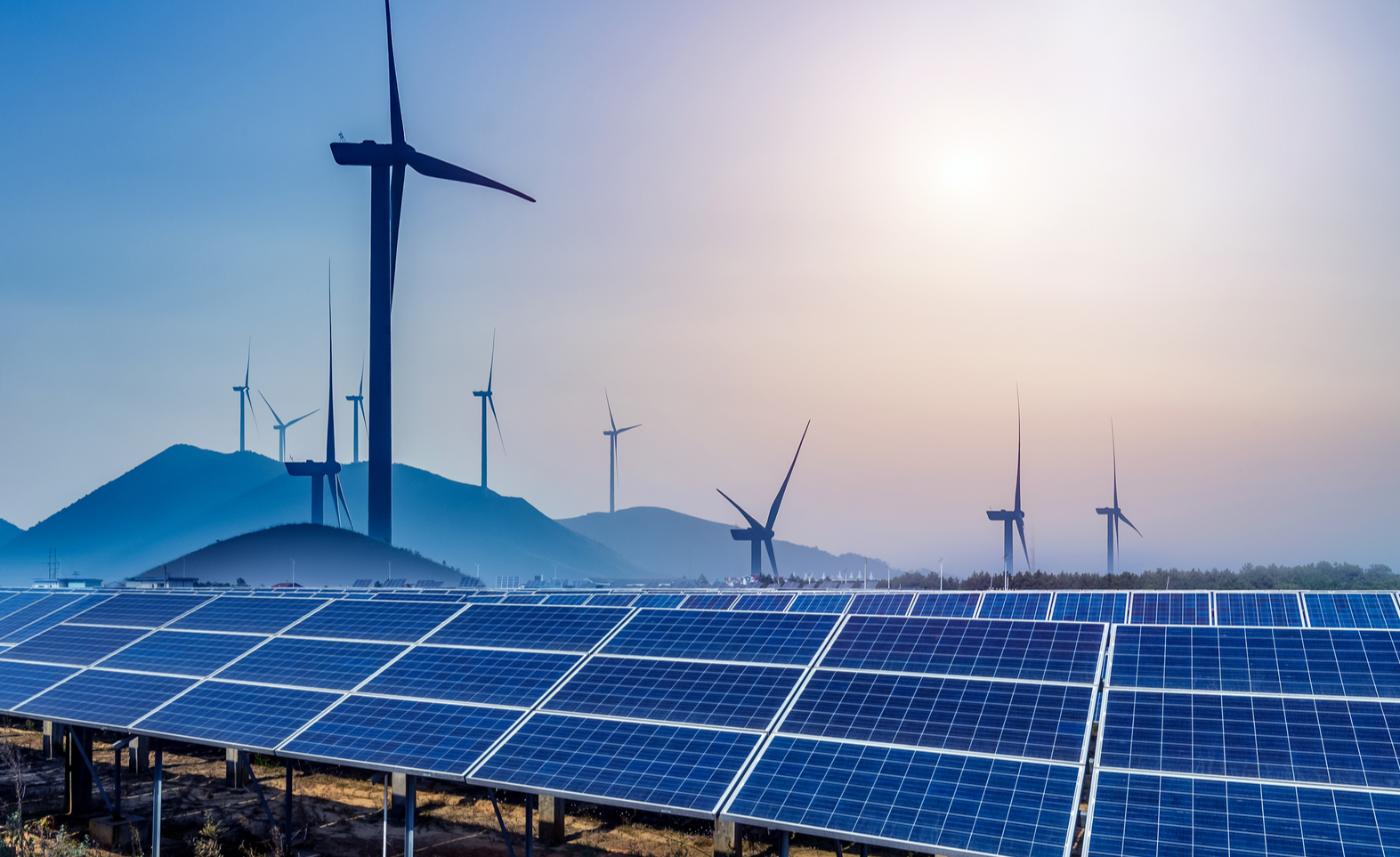
November 15, 2021
The move aims to catapult India to the status of an exporting nation.
It also aims to reduce the import dependence in a strategic sector such as electricity.
The power ministry had earlier invited bids and obtained around 54,500 MW manufacturing capacity of solar equipment.
The allocation increase would lead to an increase in the quantum of investments and domestic manufacturing capacity.

With the aim of making India an exporting nation, the GOI plans to increase the funding under the production linked incentive (PLI) scheme for the domestic solar cells and module manufacturing to US$ 3.22 billion from the existing US$ 605 million. According to power and renewable energy minister Shri R K Singh, in a statement to the PTI, the ministry invited bids and obtained around 54,500 MW manufacturing capacity of solar equipment and have consequently requested the government to sanction US$ 2.55 billion, which has been approved (in-principle), making the PLI amount to US$ 3.22 billion.
Presently, the country has a solar module manufacturing capacity of 8.800 MW, while the solar cell manufacturing capacity of 2,500 MW. The Union Cabinet approved a US$ 605 million PLI scheme to boost the domestic manufacturing capacity of solar PV modules. The addition of around 10, 000 MV of manufacturing capacity of integrated solar PV modules requiring an investment of US$ 2.3 million is being targeted by the scheme. The increase in the allocation would result in the increase in the quantum of investments and domestic manufacturing capacity under the scheme.
Aimed at decreasing the import dependence in a strategic sector such as electricity, the PLI scheme, National Programme on High Efficiency Solar PV Modules, under which solar PV manufacturers will be chosen through a transparent competitive bidding process, has been approved by the Union Cabinet. Post the commissioning of solar PV manufacturing plants, the PLI will be disbursed for five years on the sale of high efficiency solar PV modules. Based on the higher efficiencies of solar PV modules and for sourcing their material from the domestic market, manufacturers would be rewarded accordingly through increased module efficiency and local value addition.